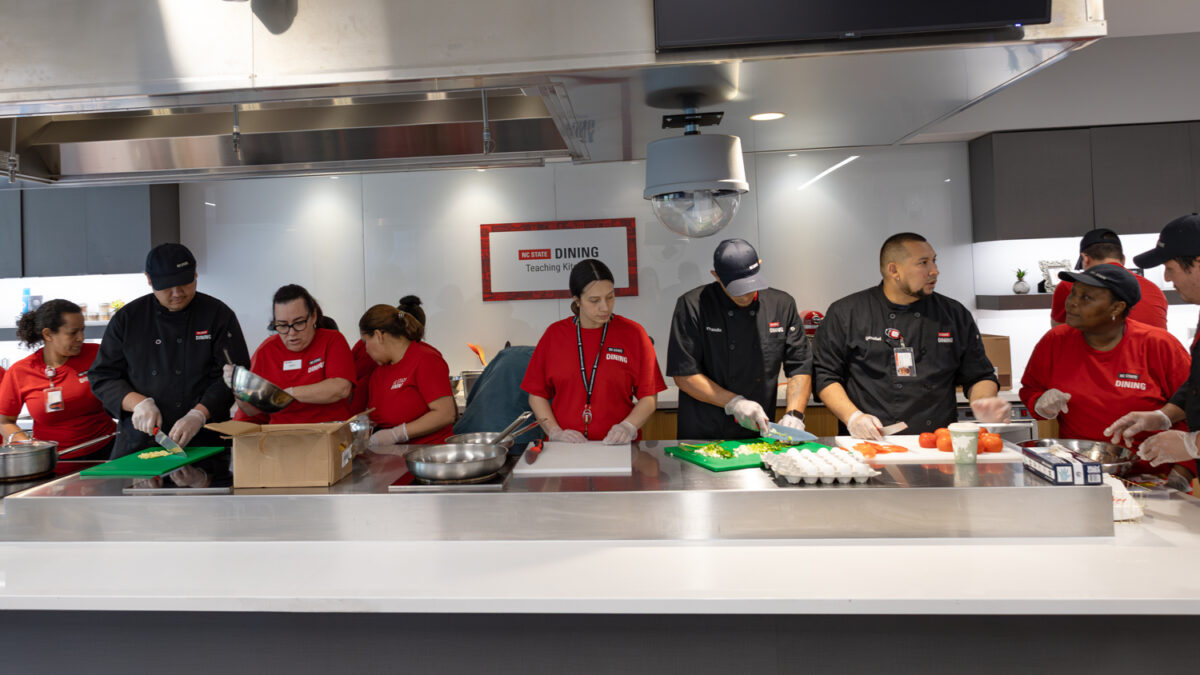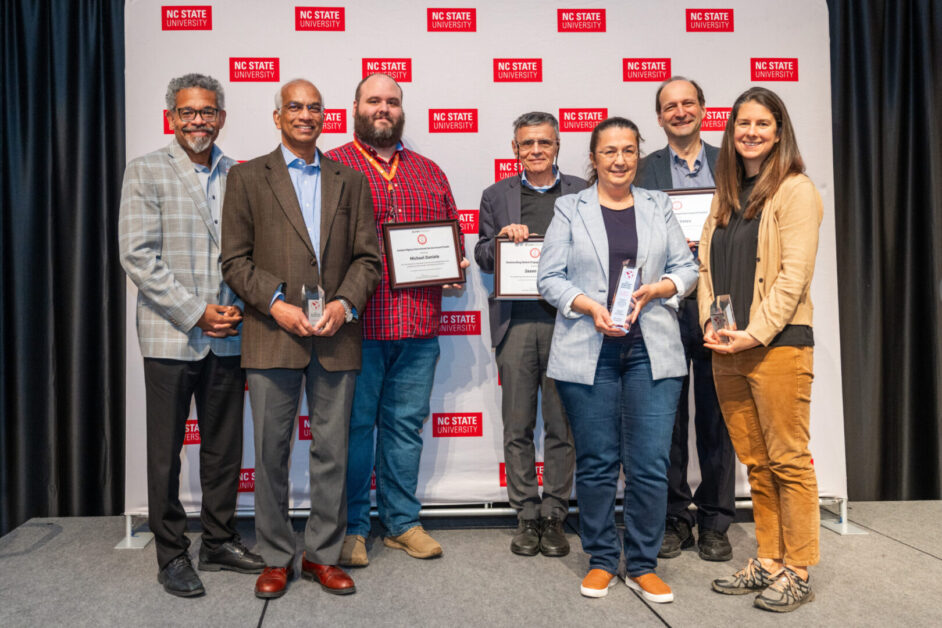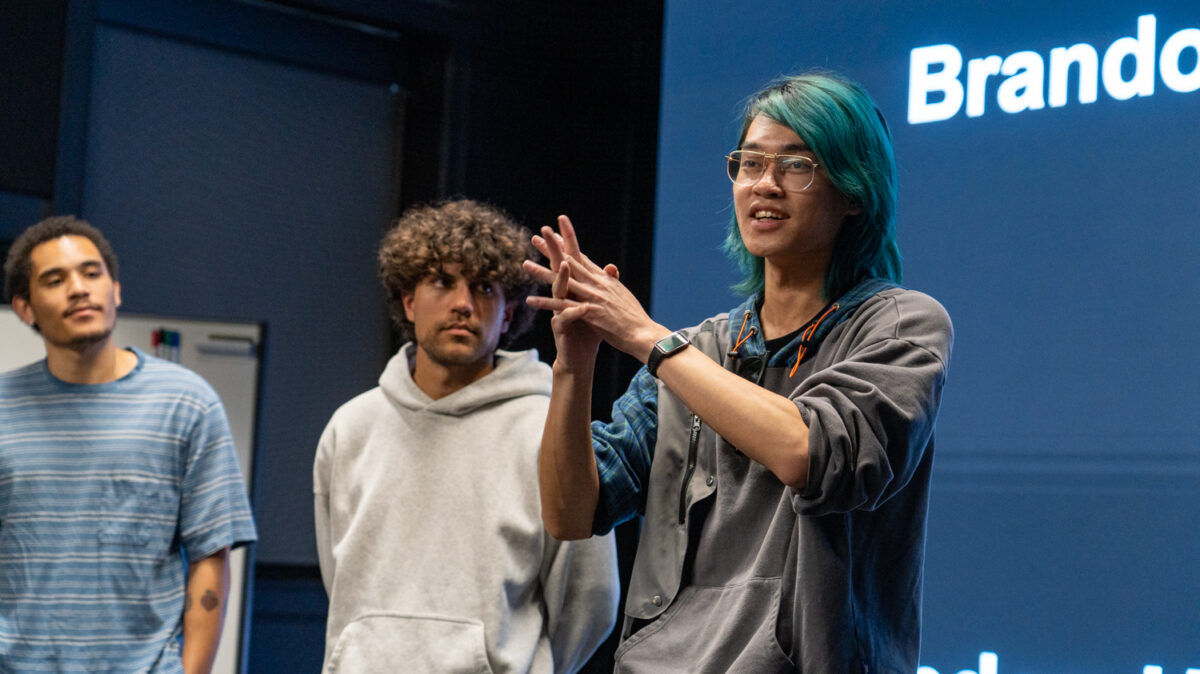NC State Nets Research Grant with Brazilian Partners
NC State faculty will work in close collaboration with researchers in Brazil as part of a 5-year grant that totals $2.4 million and is funded by the National Science Foundation (NSF) Dimensions of Biodiversity program as well as Brazil’s São Paulo Research Foundation (FAPESP). Faculty from the College of Agriculture and Life Sciences and the College of Veterinary Medicine will join faculty from the University of São Paulo (USP) in the investigation of the genetic origins and evolution of blow flies. This international and interdisciplinary research team came together after initially working on a University Global Partnership Network (UGPN) funded project spearheaded by Kelly Meiklejohn, assistant professor of forensic science in the College of Veterinary Medicine, which linked NC State researchers with collaborators from USP and the University of Wollongong to develop a global database of blow flies. The UGPN project helped fund the travel for researchers to gather at each of the universities in-person to work on the database as well as discuss future research opportunities.
“UGPN provides the resources to bridge physical distances as well as the resources required to let researchers come together and explore the possibility of larger collaborations,” said Brian Wiegmann, the William Neal Reynolds Professor of Entomology in CALS. “We’re very busy and already have a lot of projects going on. So, opportunities to come together in-person, visit each other’s laboratories and sit down for a day, put everything aside and really think together about solving problems is truly inspiring.”
During their second gathering, the UGPN-funded research group had already started discussing applying for the NSF Biodiversity grant. And by their third meeting, researchers were already starting to draft the proposal.
“First we discussed how the global database would be used, then we started discussing our own interests. I remember presenting some of my unpublished results, and we started talking about how our complementary expertise would fit in a bigger proposal and tackle a different aspect of the biology of the flies,” said Tatiana Teixeira Torres, assistant professor in USP’s Department of Genetics and Evolutionary Biology.
The research team will pool their expertise to examine the evolution of blow flies, specifically why some species become parasitic. Parasites negatively affect livestock populations globally as well as contribute to public health issues around the world, so the research from this grant might help the public develop alternative methods to controlling these kinds of pests in order to better protect livestock. The research may also have forensic applications.
By bringing together the world-renowned expertise of NC State and USP researchers, the project aims to closely examine the genes of blow flies to understand how closely related species have different feeding preferences and to understand why the parasitic lifestyle appears independently and repeatedly in this family of flies.
The Role of UGPN
The UGPN’s main focus has been promoting research collaboration and strengthening multilateral engagement among the member universities, and its Research Collaboration Fund (RCF) was created in 2011 to advance that effort. The UGPN has supported more than 70 RCF projects with nearly $1.9M invested in projects bring together researchers, faculty and graduate students to solve key global challenges and involve a range of issues including carbon economies, bio-nano interfaces, genes and behaviour, international trade, mathematical modelling, infectious diseases, green infrastructure, clean energy, plastics pollution, media and education. The RCF has supported the mobility of more than 300 academic staff and more than 100 research students across the network and has helped contribute to collaborations like this one.
“Strategic global partnerships, such as the UGPN, provide a framework to promote and support research collaboration as well as educational exchanges and student mobility with real impacts on global scholarship and development of cross-cultural perspectives,” explained David Dixon, director of global partnerships for the Office of Global Engagement. “In addition to the collaborative benefits for faculty and students involved in the projects, many have led to the formation of resilient research networks, the publication of journal articles, manuscripts and conference proceedings, data for subsequent proposals as well as successful follow-on extramural funding.”
Since the RCF was established in 2011, there have been close to 600 publications involving UGPN partner co-authors, including a recent manuscript published by Torres and Max Scott, professor of entomology in NC State’s College of Agriculture and Life Sciences, who is also a co-PI for this new grant project.
Advancing Future Research Projects
The Dimensions of Biodiversity grant will also include funding to allow the research team to hire graduate students and postdoctoral students to help with the projects. And, there are plans to develop some short courses for graduate students over the course of the 5-year project.
“This is really nice because we’ll have more young people joining our project, which is a really important aspect,” Torres added. “This demonstrates that the grant programs value the education of future researchers.”
The 5-year project starts in January 2021. Prior to the global pandemic, Wiegmann and other members of the NC State research team had visited the labs at USP. Graduate students from USP had also previously come to NC State for short internships.
“It’s been a really great collaboration. They’re great colleagues, and it’s going to be a lot of fun,” Wiegmann said. “It’s invaluable to have multiple perspectives and to work together in coming up with the right questions to ask.”
Both Wiegmann and Torres credit the initial opportunities to network and discuss research that was made possible by the UGPN grant as a catalyst for this current collaboration.
“Without having those meetings and building that network, we wouldn’t have been able to generate the ideas and the enthusiasm we had for linking our programs,” Wiegmann added.


